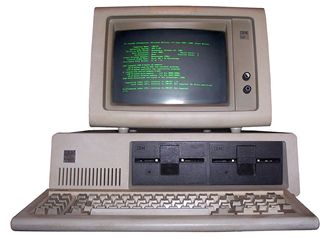 Certificate Authority and Internet Security outfit Comodo has signed a deal up with UK distributor VCW Security.
Certificate Authority and Internet Security outfit Comodo has signed a deal up with UK distributor VCW Security.
VCW Security now offers a range of Comodo’s endpoint security products including Endpoint Security Manager, Anti-Spam Gateway, UTM (Unified Threat Management) and Mobile Device Management (MDM).
Comodo’s Endpoint Security Manager provides security antivirus, firewall, host intrusion prevention, auto-sandbox and file rating to the desktop.
Simon Jackson, Commercial Director at VCW Security, said: “Comodo represents an opportunity for our valued partner network to offer a set of products that are genuinely innovative in the antivirus market – a market with virtually no innovation in the last years. The unique technology offered by Comodo is supported by its warranty – giving all users complete peace of mind.”
James Tomlinson, Channel Manager, Northern Europe at Comodo, added: “VCW Security has a wide range of experience in value added services through their extensive reseller networks. Comodo has a strong record of accomplishment of providing the best breed of high-tech products to the UK security industry. We are looking forward to working with them.”



















